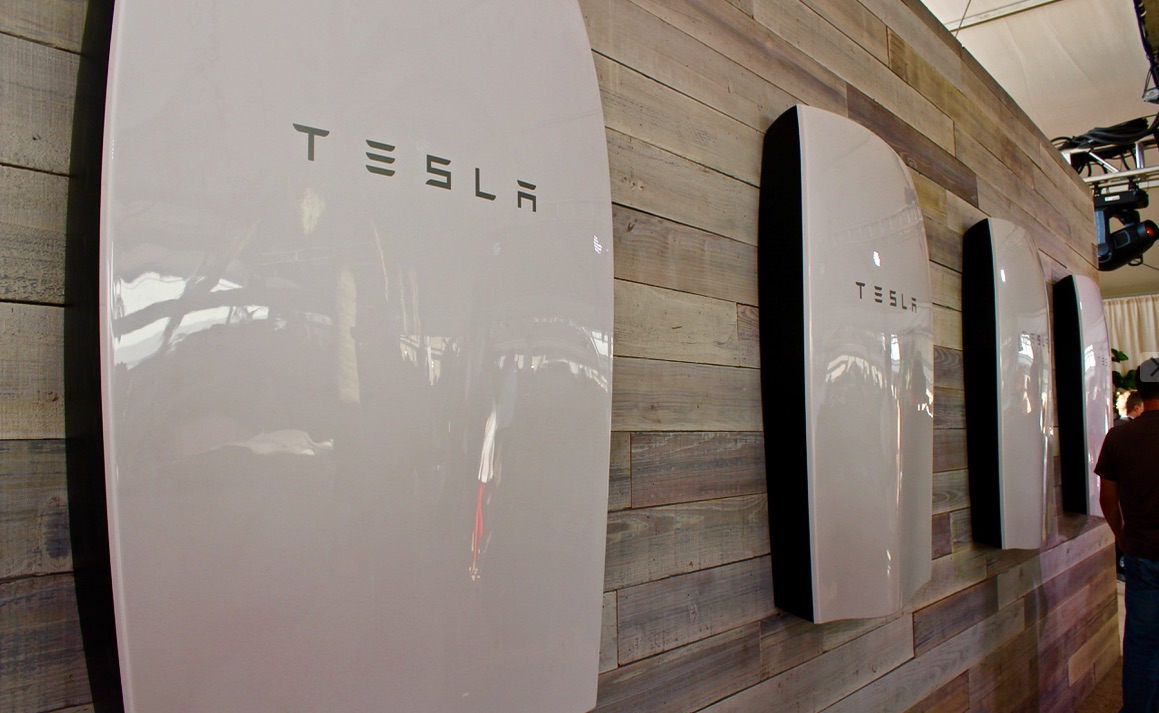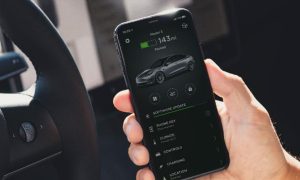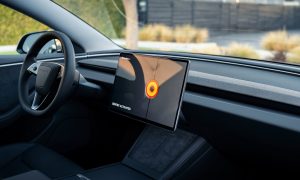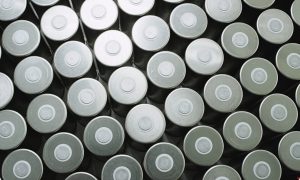Consumer demand in Australia for Tesla’s Powerwall has increased to 30 times its usual levels following a series of power blackouts in two states. The blackouts coincide with an Australian national policy debate about how the electricity infrastructure can best transition to a system that includes higher levels of renewable energy production.
Tesla is one of the few companies in the residential energy storage market that manufactures small-scale lithium ion batteries for home energy storage.
The biggest spike in interest about Tesla’s Powerall came during the five days immediately following a South Australian power blackout on September 28. Storms in Melbourne during the same time period caused significant blackouts and waves of consumer inquiries about the Powerwall. Off-Grid Energy Australia, with a large customer base in Victoria, also has been fielding large numbers of inquiries about the Powerall.
Off-Grid Energy’s co-founder, Emily McMahon, explained that consumers are now focused on blackout proofing, the environment, and returns on investment from gaining energy independence. “People are sick of the grid in general and the high electricity prices,” she described.
Tesla’s Powerwall home storage batteries use electricity generated from solar panels, fortifying homes against power outages by providing a backup electricity supply. Either an entire home or select appliances can be powered with an uninterrupted supply of electricity with Tesla’s Powerwall. Able to remain connected to utility grids for periods of high demand, homes with Tesla’s Powerwall have the capacity to end up with a net zero energy rating.
Because the Powerall home storage batteries are automated and compact, consumers gain independence from utility grids as well as security in times of energy emergencies. This has become of extreme importance in areas like South Australia, which completely lost “upstream supply from the transmission network” during the late September storms, according to distributor SA Power Networks.
The Tesla Powerwall battery runs about $3,000, and additional installation costs include a specially made inverter that communicates among the solar panel system, battery, and electric grid. There are also the labor costs involved in the installation. Total amounts for an average 5 kilowatt (kW) solar energy system depend on geographic region and selection of Powerwall equipment. Off-Grid Energy’s McMahon said consumers, who are generally very knowledgeable about the electricity grid and how it operates, pay between $20,000 to $25,000 for a full home storage battery system with solar panels for an Australian residential dwelling.
Interest in the Tesla Powerwall follows summer 2016 announcements of the world’s first “Tesla town” – a small suburb just removed from Melbourne’s business district where every house will have a solar roof and a built-in Tesla Powerwall. The project has been hailed as one of the most environmentally sustainable developments in Australia, with residents anticipating water use reduction by 43%, landfill reductions by 80%, and solar panels able to generate enough electricity for users to recharge their electric cars for free.











